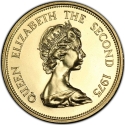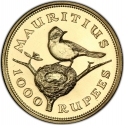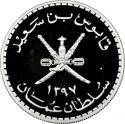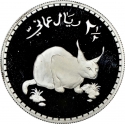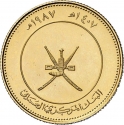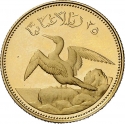You are about to finish your registration. Please check your mailbox (including spam folder). There should be a letter with a confirmation link. Check setting to make sure that your e-mail address is correct.
Send letter againDescription
The World Wide Fund for Nature (WWF), established in 1961 and initially known as the World Wildlife Fund in Canada and the United States, is a prominent Swiss-based international non-governmental organization dedicated to wilderness preservation and mitigating human impact on the environment. Operating in over 100 countries with more than five million supporters worldwide, WWF oversees approximately 3,000 conservation and environmental projects, having invested over $1 billion in over 12,000 conservation initiatives since 1995. Funded primarily by individuals and bequests (65%), government sources (17%), and corporations (8%), WWF strives to halt environmental degradation and foster a future where humans coexist harmoniously with nature. Through initiatives like the Living Planet Report, Earth Hour, and Debt-for-nature swap, WWF focuses its efforts on food, climate, freshwater, wildlife, forests, and oceans, though it has faced criticism for its corporate associations and its impact on local communities.
Obverse

|
National Emblem of Oman, surrounded by the inscription "Qaboos bin Said" above, date in Hijri and "Sultan of Oman" below. قابوس بن سعيد |
|---|---|
Reverse

|
Depicts an Arabian oryx at full gallop, denomination in Arabic above. ٥ ريالات عمانية |
| Edge |
5 Rials
15th Anniversary of the WWF
Arabian Oryx
Subscribe series
KM# 61 Schön# 62
15th Anniversary of the WWF
Arabian Oryx


